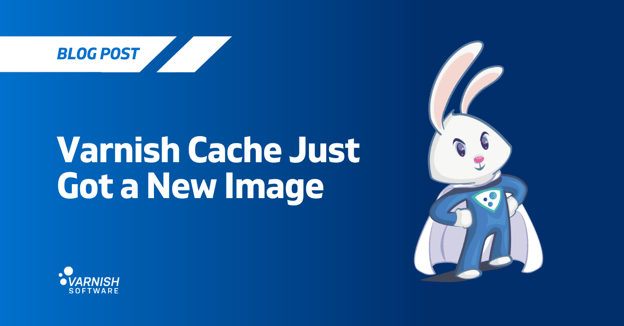This week the Internet has been all up in arms about Face acquiring Oculus Rift. Many people have been angry about Facebook buying this company, something we did not see when Facebook acquired WhatsApp or Instagram.
Both WhatsApp and Instagram have significant user bases and pretty vital communities, which is probably the driving force behind those acquisitions. Compare this to the Oculus project, which has a pretty small, but just as invested community around it. However, the big difference is that the community around Oculus strongly objected the acquisition, and they were extremely vocal in their protests.
There has been much speculation if this can be traced back to Oculus’ inception, which happened on Kickstarter. While I think the Kickstarter campaign was instrumental in forming a community around Kickstarter I do not think it explains all the anger. The anger comes from the fact that there is a clear conflict between the visions the community had for Oculus Rift development and how they perceive the products future now that it is in the hands of Facebook. Communities are powerful forces. They should be treated with much respect. As we’ve seen, Oculus does in no way own the community. When Oculus relied on the community for promotion and development of their product, they granted the community power over the project, as well. If the company betrays the community, or the community ends up feeling betrayed by the community leaders you’ll see a significant backlash. The backlash might be strong enough to vitalize competing forces. If someone were to introduce a competitor the Rift now the timing is ideal. The community is currently searching for someone to rally behind.
So, is this related to Varnish in any way?
Certainly; the community around Varnish is the single force that drives the product forward. Could the same thing happen to the Varnish community? There are a few differences. Varnish Software does not have the same grip on the product development as Oculus has on its product. There is a certain amount of firewalling going on and we’re not entirely free to do what we want with Varnish Cache. This is one of the reasons Varnish Cache Plus exists, where we’re completely free to do what we want to. Furthermore, Varnish is much more of a commodity as the requirements for software development are much simpler compared to those of hardware. Given the liberal licensing of Varnish Cache, we’ll have a fork on our hands pretty quickly if the project leaders mess up. And that fork would be much more viable than the potential ruin of the Oculus Rifts that loom ahead.
Can we learn anything from this?
Sure, we all need to treat the communities that have formed around the projects we work with respect and to pay attention to the directions given by the community. The community is its own entity and nobody owns or controls it. If you stab it in the back or it perceives it has been betrayed it will stomp all over the project.
/VS-logo-2020-197x60.png?width=136&height=60&name=VS-logo-2020-197x60.png)



